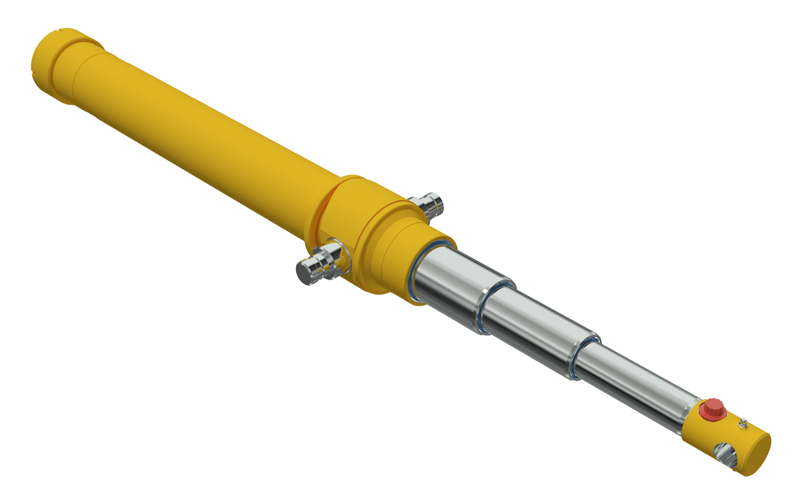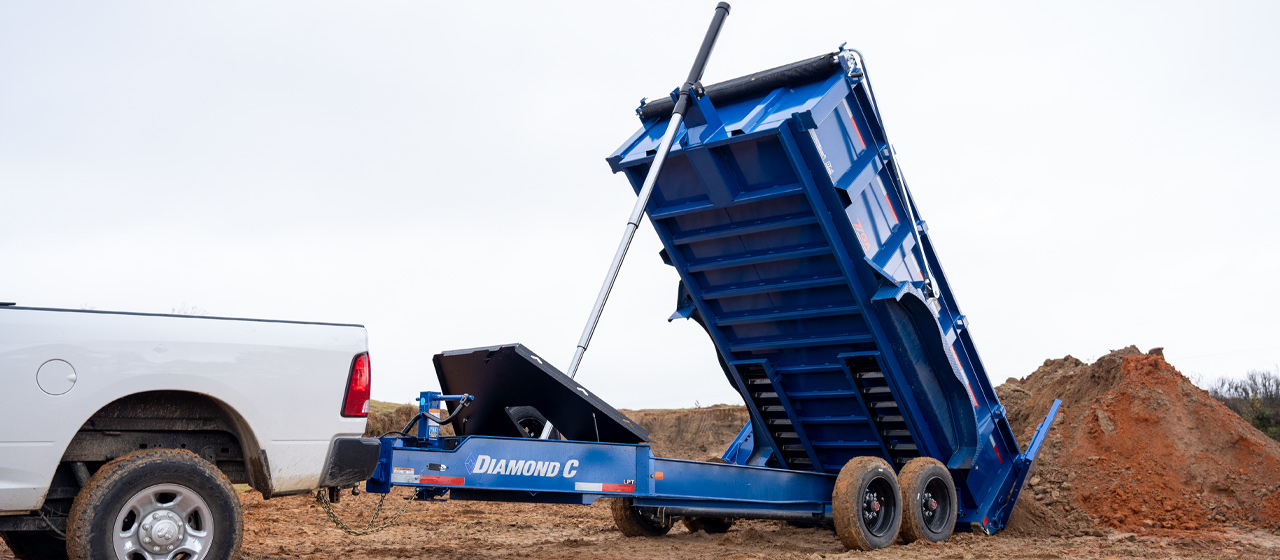Different industries now need exceptional mechanical force for production, operations, and other applications, which the presence of cylinders can provide. If you are doing a project and currently need a longer and more vigorous type of cylinder, here’s a quick guide to better understand how a telescopic hydraulic cylinder works for a particular operation.
Telescopic Hydraulic Cylinder Working Principle
Are you aware of Pascal’s principle about pressure? According to it, when pressure is present or released, it may go through a transmission or transfer of force wherein every corner of the chamber or the next system will be lifted because of the pressure and force present. The main work principle of a telescopic hydraulic cylinder is somehow based on this law.
Following Pascal’s principle, when a particular fuel has been pressurized to generate power, it will provide an extension to the telescopic cylinder that then goes through the end of the dump body. Once the pressure is released, the force will come from the dump body and retract from another chamber.
What is a telescopic hydraulic cylinder?

It is mainly used in commercial, agricultural, and industrial applications. It has a particular function of providing travel or transmission of force and pressure from its compact details and longer dimension compared to other cylinders. Also, it can be part of a pulley system used in different pieces of machinery because of its exceptional functionalities in force and travel.
Manufacturers often consider design calculations as part of finalizing general purpose or features. But besides that, the primary function should not be set aside and must be able to provide the extension needed while being compact when retraction happens.
What is a telescopic hydraulic cylinder used for?
The presence of this cylinder in most machinery and equipment is critical, especially for heavy-duty operations. As mentioned in the previous details about how it works, it has been beneficial for various operations because it is compact but has a powerful force to provide.
Most equipment nowadays will need support from a linear force even when coming from a long distance during operations. To further understand the importance of this type of cylinder, here’s a list of where it is commonly used:
1.Dump Trucks and Transfer Trailers
Dump Trucks and Transfer Trailers mostly carry heavy-duty materials, like rocks and soils that they must deliver to a particular location. It only means that these vehicles must be able to tilt with a very high strength that only this cylinder can provide.

2.Construction Machinery and Equipment
Once you understand its general purpose, you will know where it’s mainly used. One of the typical applications of this is in different construction equipment, like bulldozers, excavators, and forklifts. These mentioned construction equipment need force and power support.
3.Industrial Manufacturing & Production
It is not only for vehicles and pieces of equipment for heavy-duty purposes. It can also be seen in the production floor of manufacturing companies, like metal production. Additionally, it can use its power and force in drilling, cutting, and twisting metals through the hydraulic-powered methods and equipment used by the industry.
4.Agricultural Equipment
A wide range of machinery is used in agriculture, and most of their operations are supported and powered by telescopic cylinders. Advanced technology and innovations have indeed improved planting, harvesting, and other agricultural activities, thanks to the presence of tractors, loaders, etc. These pieces of equipment have cylinders to back them up during their operations.
Conclusion
With all the recent improvements and advancements provided by technology, everything is for the benefit of most operations and works, whether for workforce or machine-powered operations. The impact of these innovations made lighter workloads, faster and more efficient production, and more convenient operations.
The telescopic hydraulic cylinder is one of the most essential and functional equipment introduced in the agriculture, automobile, and construction industries. It helps provide power, support, and force to make operations more efficient and convenient.
Upon conducting an in-depth review and researching how this type of cylinder works, we successfully highlighted its key points. If you plan to engage further on the projects or operations with this device’s presence, double-check and read carefully the details mentioned above.

